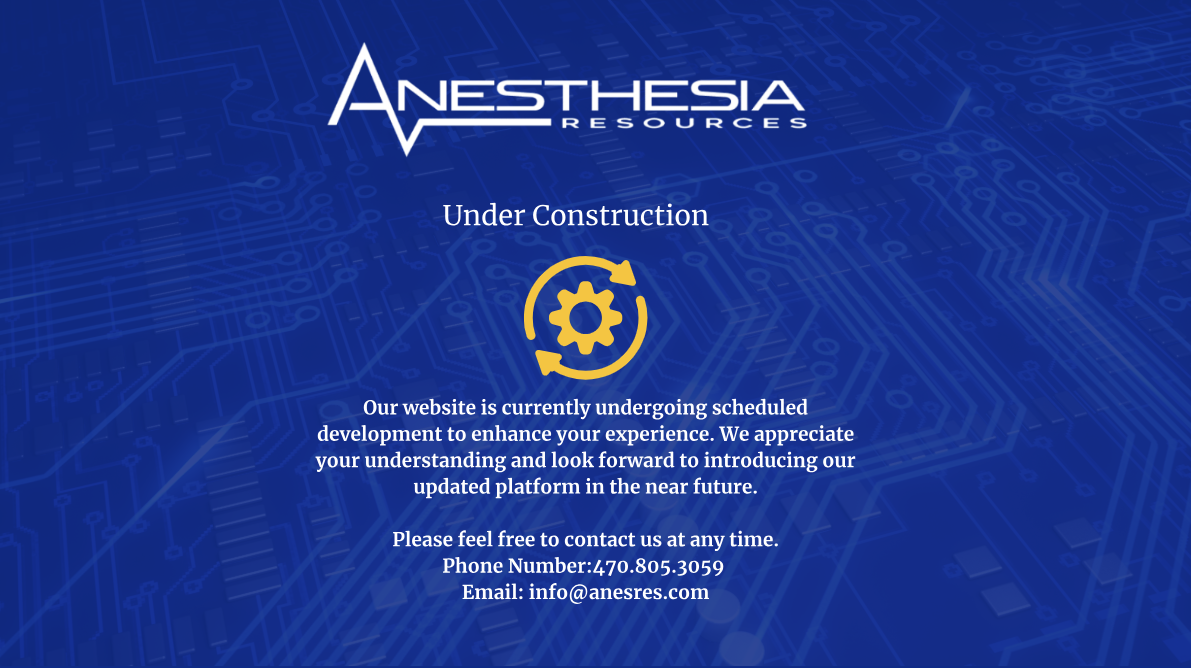Supreme Court upholds Affordable Care Act
In a surprise decision, it appears the Supreme Court has upheld all of the Patient Protection and Affordable Care Act.
The individual mandate, which guarantees health insurance to virtually every U.S. citizen, has been held constitutional as a tax levied by the federal government.
The court also has upheld an expansion of Medicaid coverage which is set to add millions of low-income Americans to the rolls. However, the court has limited the federal government’s ability to impose penalties on non-compliant states, according to SCOTUSblog. The court has limited this expansion, but has not invalidated it.
All other features of the law are retained, including:
- accountable care organizations (ACOs) and other care-transition programs;
- payments for preventive services, such as annual wellness visits (AWVs);
- the home health and hospice face-to-face encounter requirements.
HHS Issues Advisory Opinion on the “Company Model”
ASA was pleased to see that the Department of Health and Human Services Office of Inspector General (HHS-OIG) issued an Advisory Opinion (No. 12-06) on a “company model” arrangement and expressed the view that it could violate the federal anti-kickback statute. ASA has repeatedly brought this issue to the attention of the HHS-OIG and in February of this year sent formal communication to Inspector General Levinson outlining ASA’s concerns with the “company model.”
Under the “company model,” referring physicians, who typically also own the facility where surgical procedures are performed, form a separate anesthesia company in order to share in anesthesia revenue.
This Advisory Opinion was issued in response to a request submitted by an anesthesia practice (the “Requestor”) regarding two different proposed arrangements, both of which represented a departure from the current practice between the Requestor and the Centers.
Under Proposed Arrangement A, the Requestor would begin paying the Centers a per-patient fee, excluding Federal health care program patients, for “Management Services” such as paying for space in the referring physician’s facility and paying for the services of Center personnel to transfer billing documentation to the anesthesiologists’ billing office.
Under Proposed Arrangement B, the physician-owners would establish anesthesia companies and engage the Requestor as an independent contractor to provide anesthesia services, paying the Requestor a negotiated rate.
The HHS-OIG concluded that both arrangements posed regulatory concern.
- With regard to Proposed Arrangement A, the OIG stated:
Based on the facts presented here, we think there is risk that the Requestor would be paying the Management Services fees with regarding to non-Federal health care program patients to induce the Centers’ referral of all of its patients, including Federal health care program beneficiaries.
- With regard to Proposed Arrangement B, the OIG concluded:
Based on the facts presented here, it appears that Proposed Arrangement B is designed to permit the Centers’ physician-owners to do indirectly what they cannot do directly; that is, to receive compensation, in the form of a portion of the Requestor’s anesthesia services revenues, in return for their referrals to the Requestor. This conclusion is consistent with, and supported by, the Requestor’s representation that it is under competitive pressures to enter into the Proposed Arrangements to stem the loss of its business.
Significantly, under the “company model” (Proposed Arrangement B), even though the regulatory “safe harbors” might protect the payments to the Requestor (the anesthesiologists), the safe harbors would not protect the distribution of profits to the referring physicians.


